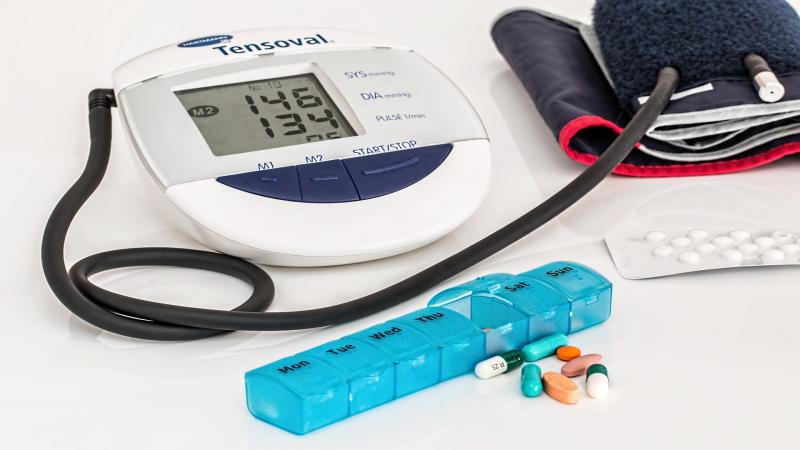
Diabetes is a chronic, life-threatening disease affecting over 8.8% of the Indian population. These individuals often need specialised medical care and support to keep the blood glucose levels in check and ward off complications. Hypertension, a condition where the blood pressure is high, is also chronic and is known to affect about one in three adults in India. As both these conditions are chronic and life-threatening, they pose a significant burden on India’s healthcare system. But, what happens when they coexist in an individual?
A recent study, published in the Journal of Human Hypertension, highlights the plight of individuals in India, with both hypertension and diabetes. The researchers, belonging to Chennai’s M.V. Hospital for Diabetes and Prof. M. Viswanathan Diabetes Research Centre, explain how these persons have a higher risk of developing cardiovascular diseases, incur higher healthcare costs, and lack awareness about the prevention, treatment and control of these diseases. The study also discusses the necessary interventions needed to counter these two epidemics.
Studies have found that the occurrence of hypertension is about 1.5 to 2 times higher in people with diabetes than in healthy adults. Moreover, a third of people with high blood pressure are prone to diabetes in later years. Higher rates of diabetes and hypertension are found among urban individuals with a higher socioeconomic status in rural areas. According to data from the World Health Organisation, lower-income countries have the highest rate of prevalence of diabetes and hypertension than higher-income countries. The data from the Registrar General of India shows that around 10.5 million deaths occur annually due to cardiovascular diseases. In the presence of both diabetes and high blood pressure, the risk of cardiovascular diseases increased by 75%, which leads to an increase in overall illness and death rates.
The severe shortage of healthcare professionals in the country poses a significant challenge to the healthcare industry. The co-occurrence of diabetes and hypertension worsens this, as it potentially leads to a laundry list of other diseases, including coronary heart disease, stroke, nephropathy, retinopathy and atherosclerosis.
In 2010, a previous study by the same researchers estimates that the average Indian expenditure for diabetes care was around 1541.4 billion rupees. However, for patients with hypertension and diabetes, the period of hospitalisation increases as compared to diabetic individuals without hypertension, leading to higher costs—about 1.4 times more! Often, diabetes and hypertension lead to end-stage renal disease, which requires either dialysis or kidney transplantation—the cost of which is much higher than medications. Considering that almost 70% of the Indian population is below the poverty line, it is estimated that about 90% of Indians cannot afford either of these treatments, costing their lives.
The researchers stress the need for spreading awareness about the consequences of chronic conditions like diabetes and hypertension and the resulting complications when both of them affect an individual. A balanced lifestyle with frequent health check-ups, maintaining an optimal Body Mass Index (BMI), eating an appropriate amount of dietary salt and being physically active are all vital to preventing these lifestyle-diseases.
The study also urges the government to provide the necessary support for individuals suffering from these diseases. For example, it can offer affordable generic medicines, introduce specific medical insurance policies that can be used in the case of life-threatening conditions, and healthcare and financial support for people with low socioeconomic status. A nation-wide free education and awareness campaign that can reduce the severity and prevalence of both diabetes and hypertension can also help to take the message to people from all socioeconomic backgrounds, conclude the researchers.






